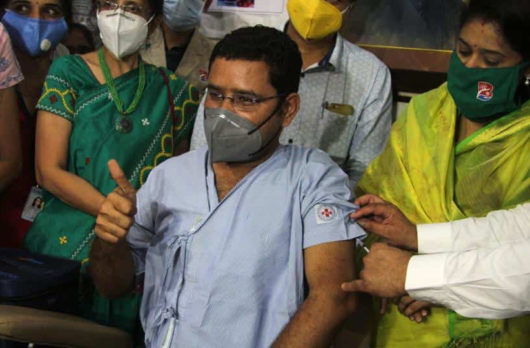Very encouraging news this week: highly scientific research has proved 90 percent efficacy for the Pfizer COVID-19 vaccine. In the coming months this, along with other vaccine prospects, will continue receiving vigorous safety and benefit analysis. Meanwhile, Pfizer anticipates production of roughly 1,5 billion doses of this two-dose vaccine during the next year. Mainstream media reports that the world’s most wealthy nations have already pre-purchased some 80% of these doses.
Market economics aside, what about the plight of low-income nations who have neither the financial resources nor political clout to reserve COVID-19 vaccine? One may argue that COVID-19 is not impacting lower income nations. Not true. India, Iran, and Kazakhstan are severely afflicted. One may also argue that such nations can purchase the vaccine from lower cost providers. Unfortunately, some notable nations are already distributing vaccine that has clearly not been vigorously proven safe and effective.
The world has witnessed vaccine in equity before. Effective vaccines against several leading killers – measles, pertussis, polio – became available in the 1960s. However, by the 1970s, less than 5 percent of infants and children in low countries were vaccinated. Inspired by the success of smallpox eradication, in 1974 the WHO coordinated a worldwide effort: the Expanded Program on Immunization (EPI) that rapidly corrected this travesty.
Immediately Action: Health leaders worldwide should immediately advocate for a parallel goal, assuring that income is not a barrier and that those most marginalized be given priority in vaccination against COVID-19. The existing EPI structure and leadership could be harnessed to achieve these ends. In addition to saving vulnerable lives, such action would add more encouraging news: Compassion and care are also safe and effective.

